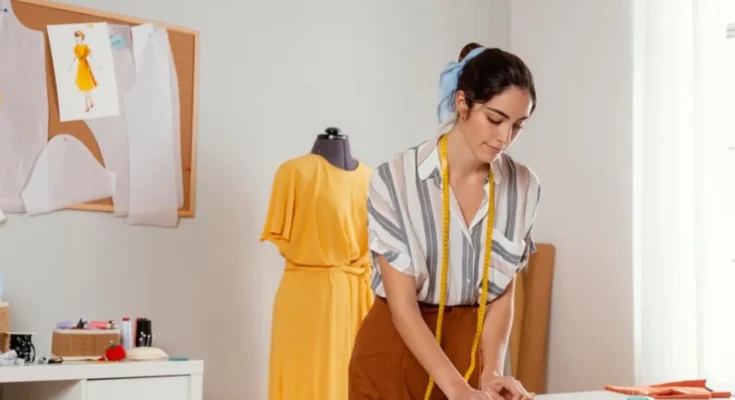The fashion industry is a complex and diverse field that encircles everything from high-end designer brands to fast fashion retailers. Whether you are a fashion enthusiast or simply curious about the industry this guide is for you. We will dig into the different aspects of the apparel industry including its history, impacts, and sustainability efforts.
History of the Fashion Industry
The history of the fashion industry is rich and diverse, spanning centuries, and shaped by cultural, economic, and technological developments. Here is a brief overview of key milestones in the history of the fashion industry:
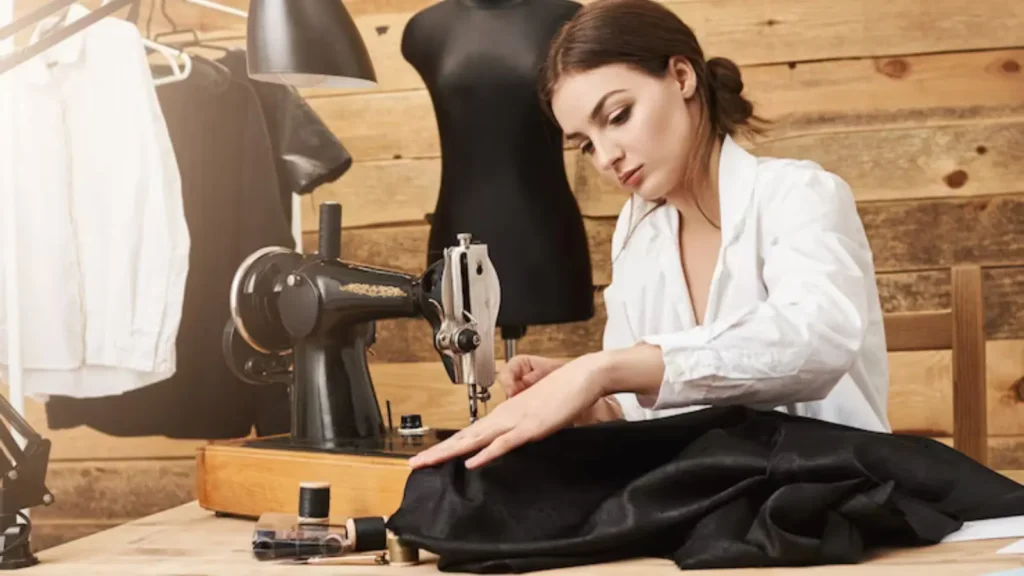
Ancient Civilizations (Before 500 AD): Clothing and adornment have been a part of human history since ancient times. Various cultures had distinctive clothing styles, materials, and techniques. For example, ancient Egyptians were known for their use of linen, and the Greeks and Romans draped themselves in togas and tunics.
Medieval and Renaissance (500–1500 AD): During the medieval period, clothing was often a reflection of social status and profession. The Renaissance marked a revival of interest in arts and culture, influencing clothing styles with elaborate fabrics, intricate embroidery, and the emergence of tailored garments.
17th to 19th Centuries: The Baroque and Rococo periods brought opulent and extravagant fashion, with elaborate wigs, corsets, and voluminous skirts. The Industrial Revolution in the 18th and 19th centuries led to the mechanization of textile production, making fabrics more affordable and accessible.
20th Century: The 20th century witnessed significant changes in fashion. The early 1900s saw the rise of couturiers like Coco Chanel and Paul Poiret, who challenged traditional styles. The 1920s brought about the flapper style, characterized by shorter hemlines and loose silhouettes. The mid-century saw the dominance of haute couture and the emergence of influential designers such as Christian Dior.
Post-WWII Era: After World War II, there was a shift towards more casual and practical clothing. The 1950s introduced the iconic styles of Marilyn Monroe and Audrey Hepburn, while the 1960s brought the youth-oriented fashion of the mod movement.
1970s to 1990s: The 1970s featured diverse styles, including bohemian, disco, and punk. The 1980s were marked by bold and extravagant fashion, characterized by power suits, neon colors, and oversized accessories. The 1990s saw a mix of grunge and minimalism.
21st Century: The 21st century has been characterized by rapid globalization and the advent of digital technology. Fast fashion became prevalent, with brands producing affordable, trendy clothing at a quick pace. Sustainable and ethical fashion gained prominence in response to environmental and social concerns.
Digital Revolution: The rise of the internet and social media has transformed the fashion industry. Fashion shows and collections are now accessible online, and influencers play a significant role in shaping trends. E-commerce has become a major channel for buying and selling fashion.
Sustainability Movement: In recent years, there has been a growing emphasis on sustainability in the fashion industry. Brands are increasingly adopting eco-friendly practices, and consumers are becoming more conscious of the environmental and social impact of their clothing choices.
The fashion industry’s history is a dynamic narrative of evolution, reflecting changes in society, technology, and individual expression over the centuries. It continues to adapt and innovate, influenced by cultural shifts and the ever-changing preferences of consumers.
Why the fashion industry is important?
The fashion industry is important for several reasons, encompassing economic, cultural, social, and individual aspects. Here are some key reasons why the fashion industry holds significance:
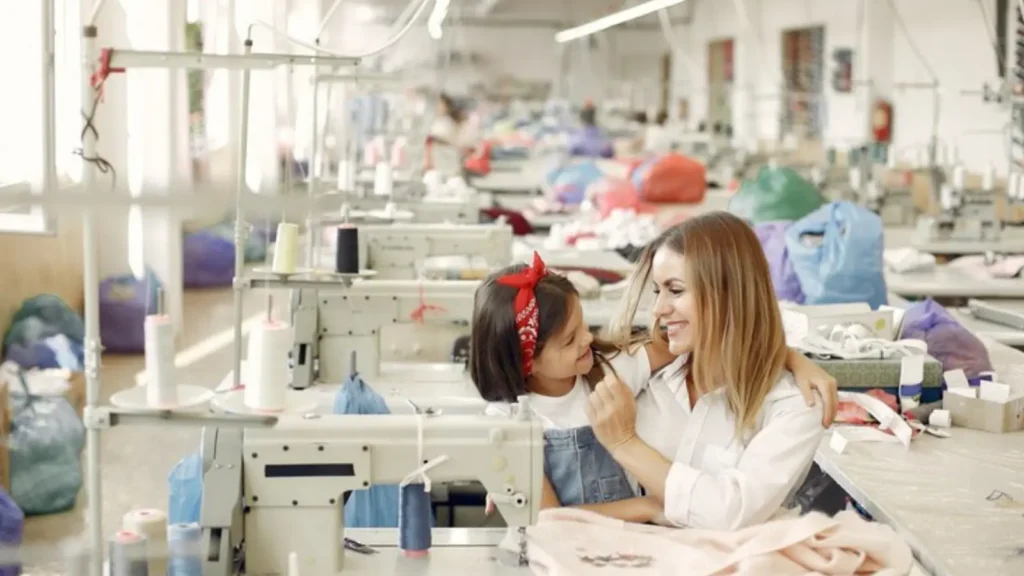
- Economic Impact: The fashion industry is a major contributor to the global economy. It generates significant revenue through the production, distribution, and retail of clothing, accessories, and beauty products. It provides employment opportunities across various sectors, including design, manufacturing, retail, marketing, and more.
- Innovation and Creativity: Fashion is a form of artistic expression, and the industry serves as a platform for designers to showcase their creativity and innovation. The constant evolution of styles, trends, and designs contributes to a dynamic and vibrant cultural landscape.
- Cultural Influence: Fashion has a profound impact on culture and society. It reflects and influences societal values, norms, and trends. Fashion can be a powerful means of self-expression, helping individuals communicate their identity, beliefs, and personality.
- Globalization: The fashion industry is inherently global, with designs, trends, and products transcending borders. This globalization has facilitated cultural exchange and has created opportunities for collaboration and inspiration from diverse sources.
- Job Creation: The fashion industry is labor-intensive and provides employment opportunities for millions of people worldwide. From designers and artisans to retail staff and marketing professionals, the industry contributes to job creation and economic development.
- Retail and Commerce: Fashion plays a crucial role in the retail sector. Fashion retail, both online and offline, is a significant driver of consumer spending. The industry’s ability to adapt to changing consumer preferences and create appealing shopping experiences contributes to its overall importance in the commercial landscape.
- Social and Environmental Responsibility: In recent years, there has been a growing emphasis on sustainability and ethical practices within the fashion industry. Brands are increasingly recognizing the importance of environmentally friendly and socially responsible practices, influencing consumer choices and promoting a more sustainable approach to fashion production.
- Cultural Diplomacy: Fashion weeks, events, and collaborations contribute to cultural diplomacy by fostering international exchange and understanding. Designers from different countries showcase their work on global platforms, promoting cross-cultural dialogue and appreciation.
In summary, the fashion industry is a multifaceted and influential sector that goes beyond the creation and sale of clothing. Its impact extends into various aspects of society, contributing to economic growth, cultural expression, and individual identity.
Is the fashion industry declining or growing?
Yes, this industry is growing at a fast rate of 4.5% which is expected to reach $2.5 trillion approximately by the end of this year. The global fashion market is experiencing upward trends that will probably continue in the coming years.
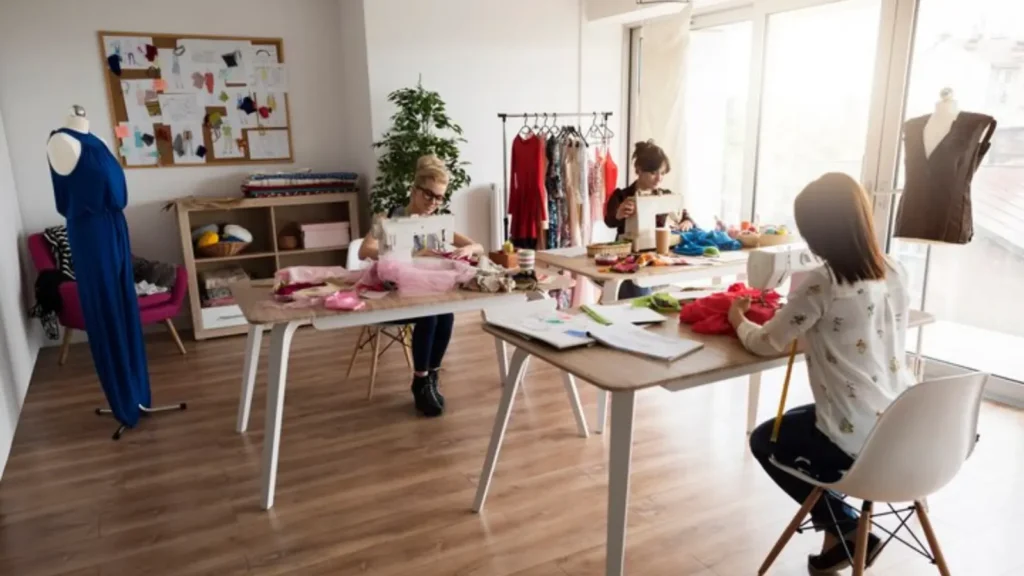
The state of the industry can change over time due to various factors such as economic conditions, consumer behavior, and global events.
However, the industry shows resilience and adaptability, with a growing emphasis on sustainability, digital transformation, and the integration of technology. E-commerce and online platforms were becoming increasingly important for fashion brands.
What are the 4 levels of the fashion industry?
The fashion industry can be broadly categorized into four main levels, each representing a different aspect of the production and distribution process. These levels are:

- Primary Level (Raw Materials and Production): This level involves the extraction and production of raw materials used in the creation of clothing and accessories. This includes activities such as farming cotton, raising animals for leather, and manufacturing textiles. It also encompasses the initial stages of garment production, such as cutting and sewing.
- Secondary Level (Manufacturing): The secondary level involves the manufacturing and assembly of clothing and accessories. This includes transforming raw materials into finished products through processes like cutting, sewing, and assembling. Manufacturers may produce items in large quantities for distribution to retailers or other parts of the supply chain.
- Tertiary Level (Retail): At the tertiary level, fashion products reach consumers through various retail channels. This includes physical stores, online retailers, and other platforms where consumers can purchase clothing and accessories. Retailers play a crucial role in marketing and selling fashion items, often curating collections and creating a shopping experience for consumers.
- Quaternary Level (Marketing and Media): The quaternary level involves the promotion and marketing of fashion products. This includes advertising, public relations, fashion shows, and other forms of media and communication. Fashion magazines, social media influencers, and advertising campaigns contribute to shaping trends and influencing consumer preferences at this level.
These levels are interconnected, and the fashion industry relies on collaboration and coordination across each stage to bring products from concept to consumers. Additionally, the industry is dynamic, with trends constantly evolving, and each level plays a role in shaping and responding to these changes.
How do I get started in the fashion industry business?
Getting started in the fashion industry can be an exciting but challenging journey. Here are some steps to help you begin:

- Educate Yourself:
- Learn about the fashion industry, its trends, and the business side of things. You can take courses or earn a degree in fashion design, merchandising, business, or a related field.
- Identify Your Niche:
- Determine your area of interest within the fashion industry. Whether it’s designing, retail, marketing, or any other aspect, having a clear focus will help you tailor your efforts.
- Build Skills:
- Develop relevant skills for your chosen niche. If you want to be a designer, improve your design and sewing skills. For business roles, focus on marketing, finance, and management skills.
- Create a Portfolio:
- Showcase your work or projects in a portfolio. This is crucial, especially if you’re aiming for roles in design or creative areas. Include any relevant experience, internships, or personal projects.
- Gain Experience:
- Seek internships, part-time jobs, or freelance opportunities to gain practical experience in the industry. This not only builds your resume but also helps you network.
- Network:
- Attend fashion events, trade shows, and networking functions. Connect with professionals in the industry, both online and offline. Join fashion-related groups on social media platforms to stay updated and build relationships.
- Stay Informed:
- Keep up with industry trends, technology, and market changes. Subscribe to fashion magazines, follow influential designers and brands on social media, and attend fashion shows if possible.
- Create an Online Presence:
- Establish a professional online presence through platforms like LinkedIn or a personal website. Share your portfolio, achievements, and experiences to make yourself more visible to potential employers or collaborators.
- Develop a Business Plan (If Starting Your Own Business):
- If your goal is to start your own fashion business, create a detailed business plan. This should include your brand concept, target audience, marketing strategy, financial projections, and operational plan.
- Apply for Jobs or Internships:
- Search for job opportunities or internships in your chosen field. Look for positions that align with your skills and interests. Tailor your resume and cover letter to highlight your relevant experiences.
- Be Persistent:
- Breaking into the fashion industry may take time. Be persistent, stay motivated, and learn from every experience. Rejections are part of the process, so use them as opportunities for improvement.
Remember, the fashion industry is highly competitive, so determination, continuous learning, and networking are essential components of a successful journey.
Who is leading in the fashion industry?
The fashion luxury industry is led by a few major players like LV, H&M, and Nike. These companies are known for their successful business strategies and wide brand portfolios with a reputable global presence. Other notable players include Adidas, Hermes, and Gucci.
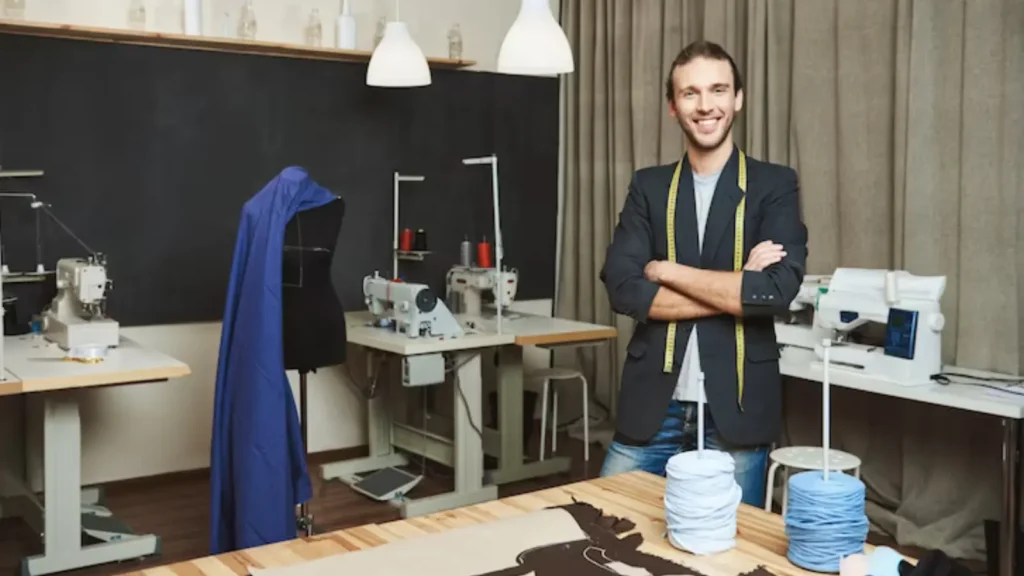
What is fast fashion and why is it problematic?
Fast fashion is a rapid turnover of trendy clothing items that are produced cheaply and quickly to meet consumer demands. It is problematic because it contributes to environmental pollution and unethical labor practices.

